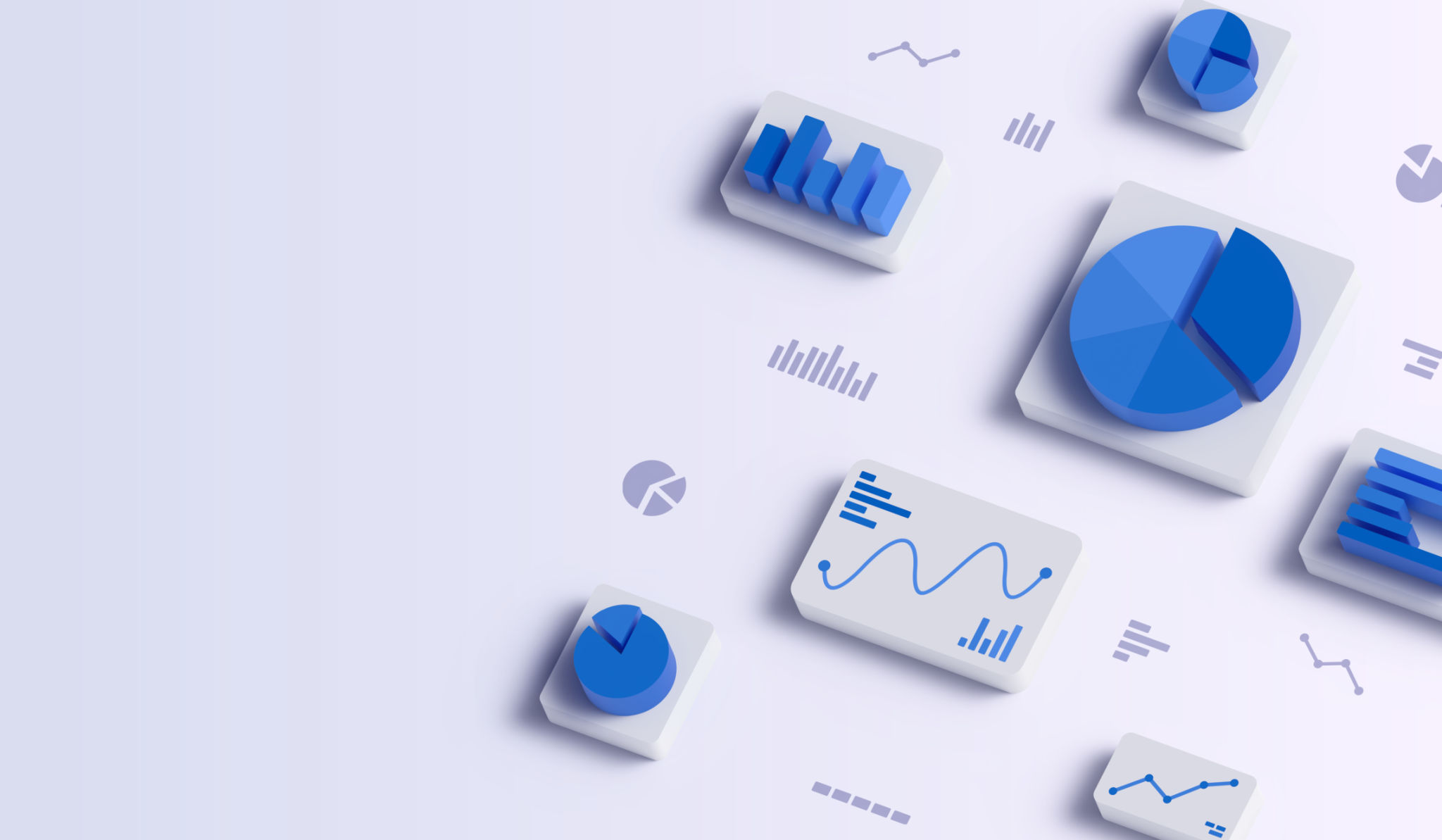DIY Data Analysis: A Step-by-Step Tutorial for Beginners
Data analysis has become an essential skill in today's data-driven world. Whether you're a student, a professional, or simply someone curious about understanding data better, learning how to perform your own data analysis can be incredibly empowering. In this tutorial, we'll guide you through the basics of DIY data analysis, providing step-by-step instructions to help you get started.
Understanding the Basics of Data Analysis
Before diving into the technical aspects, it's important to understand what data analysis is all about. At its core, data analysis involves inspecting, cleaning, transforming, and modeling data to discover useful information. This process helps in making informed decisions based on the insights gathered.
Data can come in various forms such as numbers, text, or even images. The key is to identify the type of data you have and choose the right tools and techniques for analysis. With the right approach, you can uncover patterns, trends, and correlations that are not immediately obvious.

Getting Started with Tools and Software
To perform data analysis, you'll need some basic tools. Luckily, there are many free and user-friendly software options available for beginners. Some popular choices include:
- Excel: A powerful tool for beginners that provides a wide range of functionalities for data manipulation and visualization.
- Google Sheets: Similar to Excel, it offers cloud-based convenience and collaboration features.
- R and Python: For those interested in more advanced analysis, these programming languages offer extensive libraries for statistical analysis and visualization.
Once you've chosen your tool, familiarize yourself with its basic functions such as importing data, sorting, filtering, and basic calculations.
Collecting and Cleaning Your Data
The first step in any data analysis project is collecting your data. This could be through surveys, online databases, or even manual entry. Once collected, it's crucial to clean your data to ensure accuracy and reliability. This involves removing duplicates, handling missing values, and correcting any errors.

Data cleaning can be a time-consuming process but is essential for producing valid results. Taking the time to carefully prepare your data will make subsequent analysis much smoother.
Exploratory Data Analysis (EDA)
After preparing your data, it's time to perform Exploratory Data Analysis (EDA). This phase involves using statistical techniques and visualizations to understand the main characteristics of your dataset. Common methods include creating histograms, scatter plots, and box plots to identify trends and outliers.
EDA helps in forming hypotheses and identifying areas that require further investigation. It's a crucial step in ensuring that your final analysis is well-informed and accurate.

Performing the Analysis
With a solid understanding of your data from EDA, you can now proceed with the actual analysis. Depending on your goals, this could involve statistical tests, regression analysis, or more complex machine learning algorithms. The choice of method will depend on the type of insights you wish to gain.
For beginners, starting with simple statistical tests such as t-tests or chi-square tests can be a good introduction to inferential statistics.
Interpreting Results and Drawing Conclusions
Once you've completed your analysis, it's time to interpret the results. Look for patterns and relationships within your data that support or refute your initial hypotheses. It's important to consider both statistical significance and practical significance when drawing conclusions.
Finally, effectively communicate your findings through reports or presentations. Use visualizations to make complex data more accessible and ensure your audience understands the implications of your analysis.

By following these steps, you'll be well on your way to mastering DIY data analysis. Remember that practice is key to becoming proficient. As you gain experience, you'll develop a deeper understanding of various techniques and how to apply them effectively to different datasets. Happy analyzing!
